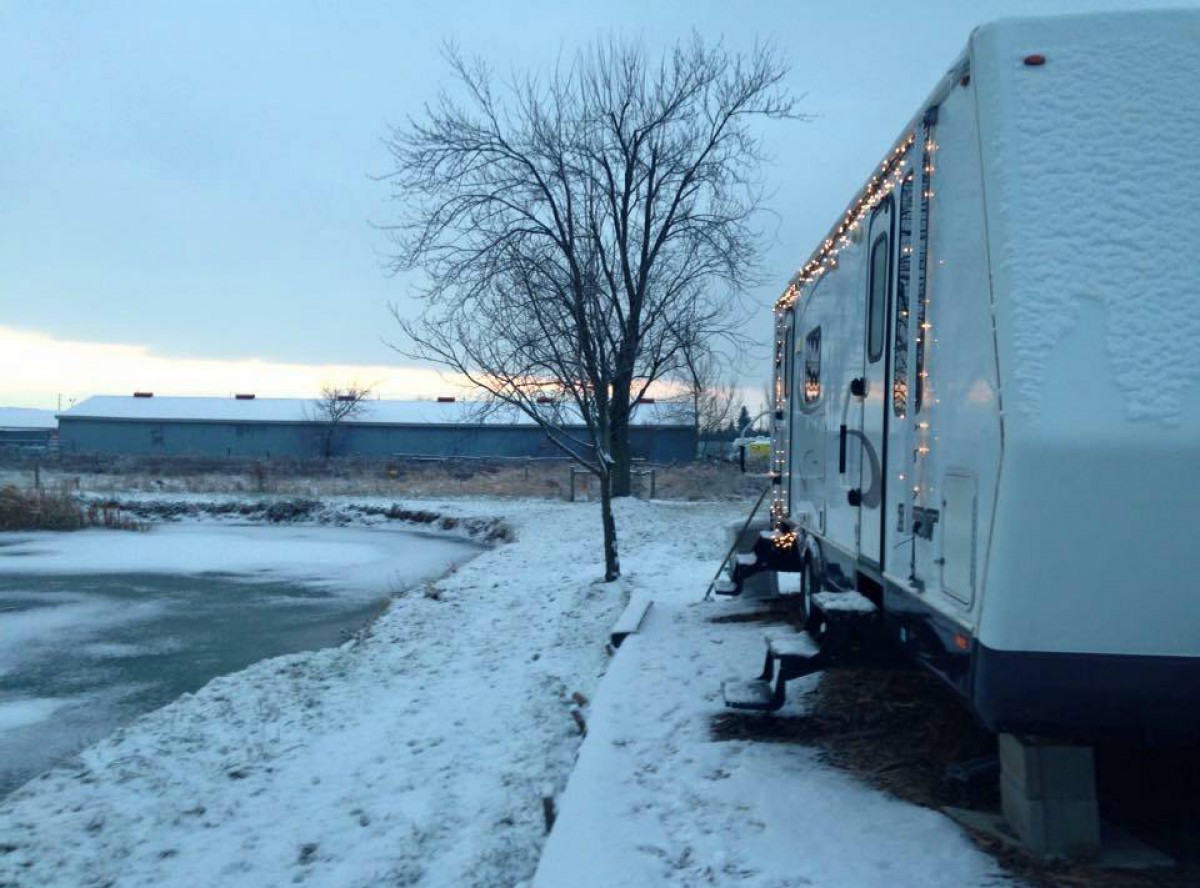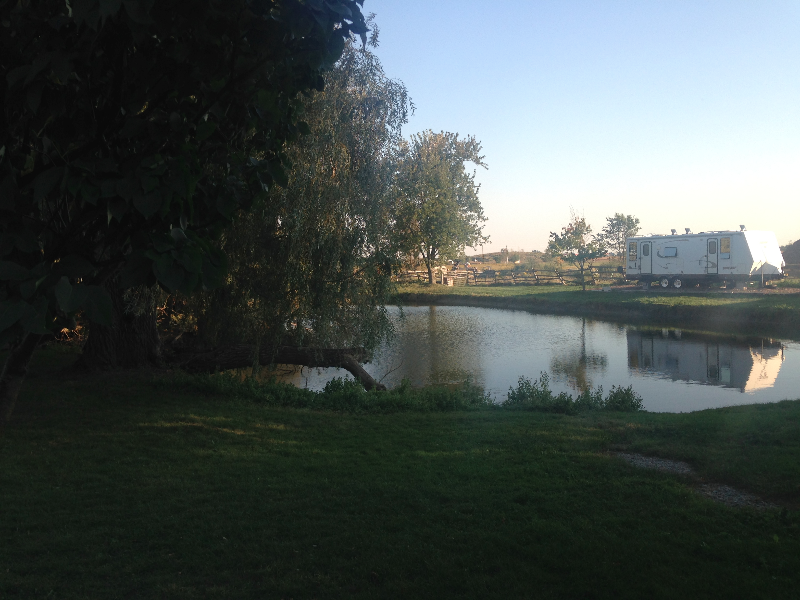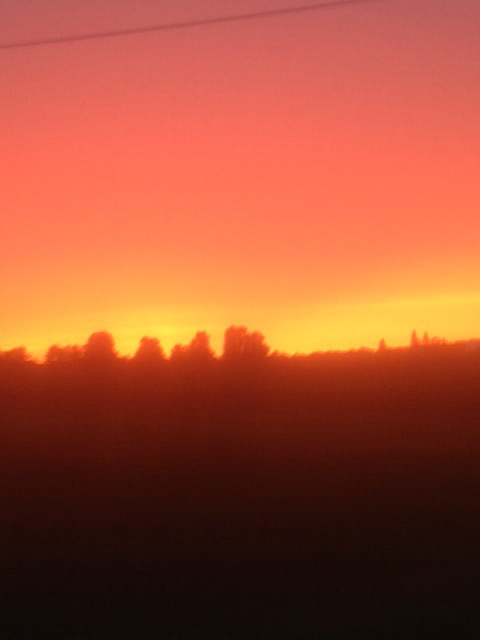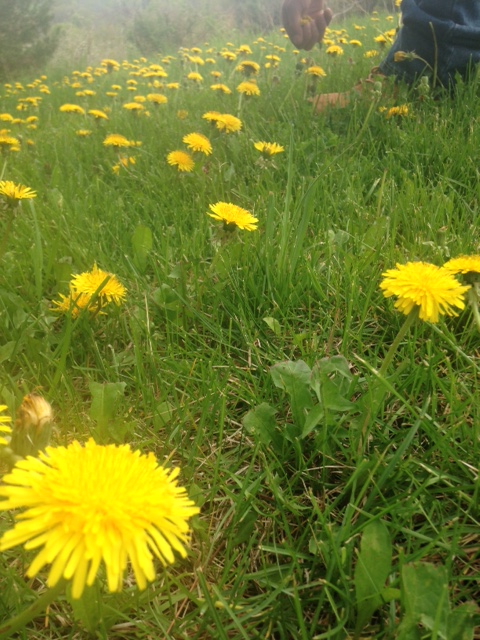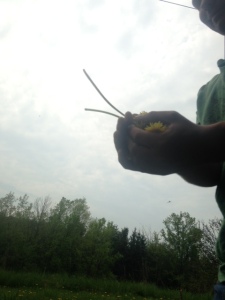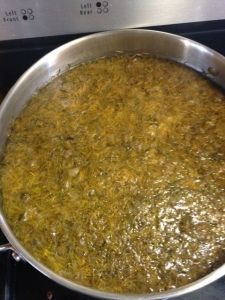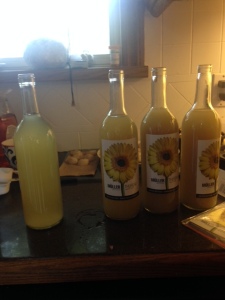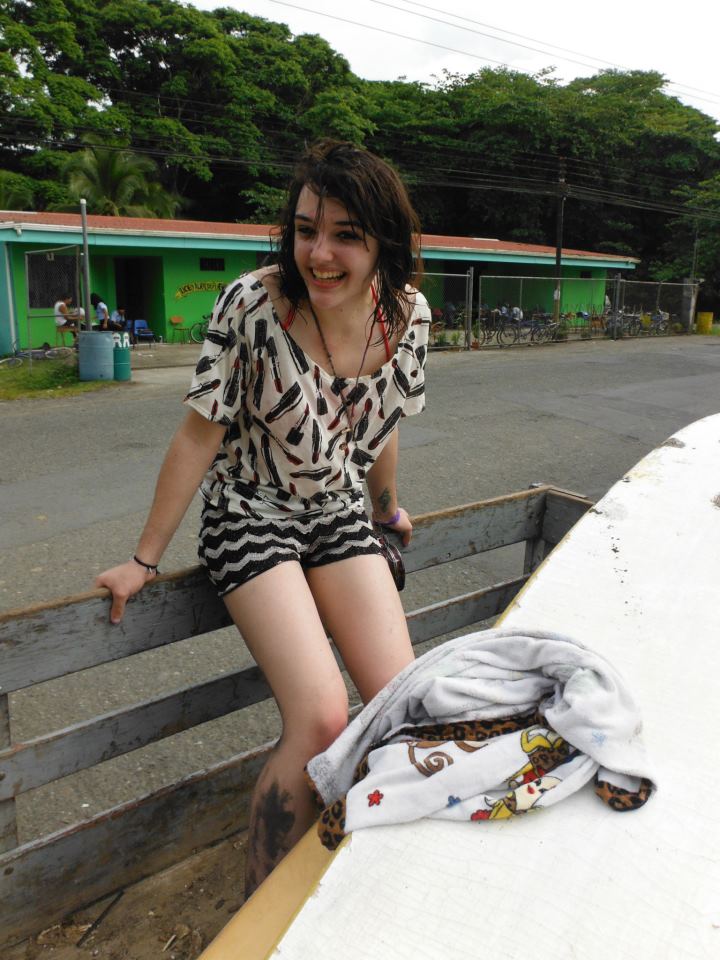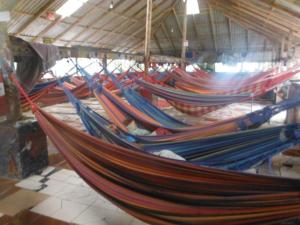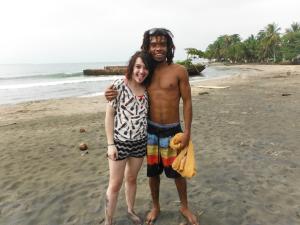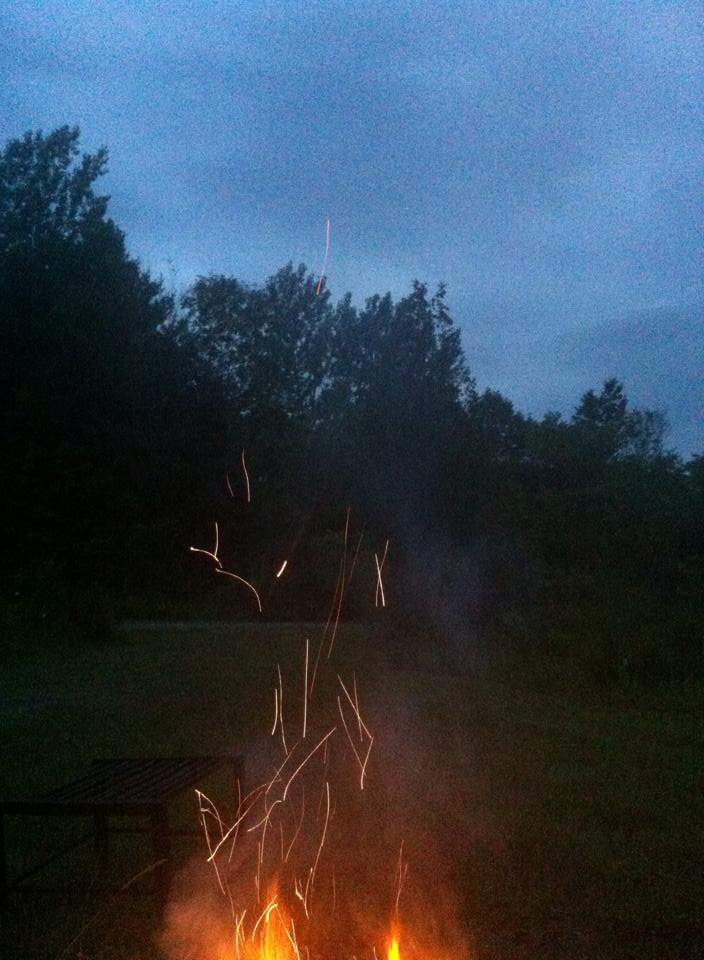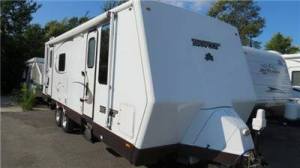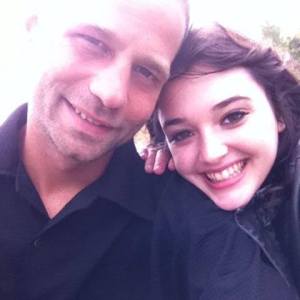Today’s travel industry is nothing like it used to be. It started about a decade ago when hip, young, adventurous bloggers like
Adventurous Kate and
Legal Nomads rose to internet fame with their vivid stories and practical tips for budget, around-the-world travel, dispelling the myth that you have to be wealthy to see the world. These were your average, every day, middle class North Americans who had quit their uninspiring jobs, rid themselves of material possessions, and bought one way tickets to whichever faraway land ignited passion in their bones. Not only were their journals of these adventures breathtaking and fascinating, their descriptions and advice were accessible and down to earth. Many similar (though diverse in their voices) bloggers sprung up around the same time and began documenting their own journeys in travel alongside helpful tips for average joes and janes who yearned for experiencing
more out of life. The major difference between these types of blogs and the travel-catalogue material that most of us were used to- aside from the fact that travel had become a full time lifestyle- was what they prioritized. Suddenly, and refreshingly, staying in a 5 star hotel was less desirable than finding a small, cheap hostel surrounded by culture. Real experiences and rugged adventures beat out organized tours and guidebook destinations. Instead of rushing around from tourist spot to tourist spot, the new travel taste-making crowd put forth the inspiring notion that it was preferable to see one place slowly and unexpectedly. Some of the philosophies that became buzzwords were “long term travel”, “slow travel”, and “living like locals”. Bloggers like Simon Fairbairn and Erin McNeaney from Never Ending Voyage became known as “global nomads” or “
digital nomads“, because they made their livings on the Internet while they travelled. The notion that anybody and everybody could leave their 9-5s behind and trek across the globe– and that it would better them– was tantalizing. I did and still do resonate with the way of life that they demonstrated.
The revolution of the long term travel industry offered a wealth of possibilities to the entrepreneur, of course, as well as to the individual traveler. Companies and communities like
Couchsurfing,
Air BnB, and
WithLocals sprung up, allowing their members to crash on likeminded explorers spare futons for free, rent out unique and authentic apartments and rooms as travel accommodations, or enjoy a traditional dinner in the home of a local, respectively.
Bucket lists soared in popularity, with more and more people– especially young people– eager to collect experiences instead of material things. The
scratch-off map became a top selling gift item. Even Lonely Planet, one of the largest and longest running traditional guidebook companies in the world, began to shift its marketing focus towards the barefoot, backpacking crowd.
As somebody who shares the values, beliefs, and passions of this community, I was and remain thrilled. An authentic experience in a foreign culture is arguably one of the most important components of a life well lived, and an entire life dedicated to such journeys is both beautiful and admirable. I also fully stand by the view that it is not necessary to follow a traditional path in life (I certainly haven’t) and if you are not feeling fulfilled in your life– be it because of an office job or anything else– that you might as well go ahead and follow the path that you believe will make you whole and happy, and if that is travelling the world, then by all means, do it.
Fast forward a few years and young, global nomads are making headlines in a different way. They’ve been criticized for
“poverty tourism”, or visiting and exploiting impoverished parts of the world for the sake of a photo opportunity. Recently, a group of traveling girls were fined for
disrespecting a sacred Malaysian mountain by posing naked on it. More and more, young travellers have been accused of being naive, ignorant, obnoxious, and arrogant- and in many cases,
few can blame them. Somewhere along the way, something changed. And– as is the case with many viral ideas– I believe the problem arose when the underlying message of long term travel got lost in translation.
The original message was tailored towards average, middle class workers who may have fantasized about travelling but never felt that they had the means. When they were hit with inspiration from bloggers who had created a way for themselves to live the dream, this inspired them to make the change for themselves. They continued to work hard, saved up a little bit of seed money to start their journeys off, and ventured out to the wide world. Most continued to work in some way while overseas in order to continue funding their budget explorations. They were grateful and amazed.
Today, because the concept has become pretty much ubiquitous on the Internet, it has begun to catch on with wider and wider– and younger– groups of people. The trouble is that many of the young people who are reading these blogs have still yet to be in the position of worrying about having the means to travel. High school or college students who still live with and/or financially depend on their parents are packing their bags and bragging that they refuse to become “9 to 5 zombies”.
Out of this arrogance comes ignorance, and many of these young travellers are missing what should be the point of their journeys. They have turned the notion of “real” travel into a vapid trend, genuinely seeming to believe that they are inherently better than their less travelled peers, and not because they’ve learned or grown from their experiences abroad, but simply because they’ve strapped packs to their backs and checked countries off their bucket lists.
It’s not that taking time off from responsibility after high school (or college) in order to travel is a new concept in and of itself. The term “gap year” was coined at least thirty years ago to describe this, and it’s often considered to be a good idea even among the conservative-lifestyle minded. The difference is that with the gap year as it used to be known, it was considered either a break in between long, hardworking periods of life– for example, in between school and a lifetime of work– or the “last chance” to really dedicate a chunk of time to exploring the world before entering the universe of commitments and responsibilities. And so, even though it, too, was a relatively longterm form of travel, the traveller had in mind the impending doom of real life that was about to hit them. This is largely what instilled gratitude in the travelling youth of the past.
Now, left right and centre, young people are seeing examples of adults who’ve abandoned their middle class lives in favour of (what they consider to be) more meaningful lives around the world. Digested properly and carefully, these are good examples: examples of living in the moment, of following dreams, of dedicating oneself to an individual purpose, and of course, of experiencing culture and humanity in a dozen different forms. But when not absorbed with the proverbial grain of salt, a different message is taken away. That message is that those who do not follow this type of dream– or who simply might not share the dream in the first place– are inferior. That working a 9 to 5 job or budgeting money for a house and a car or “settling down” are all poor decisions. Even that it is silly to worry about “normal” things like money and jobs and making ends meet instead of just packing up and buying a round-the-world ticket. And this is a dangerous perception.
I believe that in order to fully appreciate a life of full time travel, first, you must know an alternative. The reason why many of the pioneers of this movement were able to write so thoughtfully and eloquently about the whole thing is because they deeply understood the boundaries that they felt confined to back at home. They had worked hard, supported themselves and sometimes supported others, and navigated through all of the obstacles of the much-disdained “real world”, and then, they had forged a new path for themselves. There is no age that is too young to forge a path for oneself, but I believe that before you can appreciate an alternative to the “real world”, you must first live in that world.
This type of naivety doesn’t just create an arrogant traveller but an ignorant one, and I think it is a direct result of the mindset I have described that we have begun to see stories in the news about things like poverty tourism. Almost anyone in the Western world can identify that they are lucky to have been born into it, and that there is more widespread suffering in most other regions of the world where an abundance of the population lives in abject poverty. But again, there is a difference between a textbook knowledge of this type of disparity and true empathy for the other side. If back home you have rejected the notion that anyone should have to worry about making ends meet– because you have never had to yourself– then how can you truly understand the trouble that is had doing the same thing in a third world country?
And poverty tourism isn’t the only problem; there is a fundamental flaw with the way that we have begun to interpret the whole concept of budget travel.
I have started to see more and more articles with headlines like
“How To Travel The World For Free” and
“How To Travel The World When You Have Absolutely No Money“. Some of their tips are good: they almost all mention the revolutionary Couchsurfing.org, a community of explorers who meet online and crash for free in each other’s guest rooms when in each other’s towns. They talk about hitchhiking, racking up airline points by signing up for dozens of different credit cards, and. Some get creative with ideas like wandering into chain hotels in the morning and posing as a guest to score free continental breakfasts.
Any and all of these tips might be helpful to include when planning a trip…but not all at once. Communities like Couchsurfing grew out of a demand for affordable travel, and a desire to meet and connect with likeminded voyageurs– not out of laziness or the refusal to pay for anything. A responsible, budget-minded traveler might intersperse couchsurfing with hostels, low cost apartment rentals from AirBnB, and basic hotel rooms in less touristy towns where costs are lower. They might eat with a local one night and visit an unusual restaurant the next. Again, they are proving that one does not have to be wealthy to travel. But that doesn’t mean that one does not have to have any money at all. It is still important to work hard and earn the money that you will go on to spend on your travels, regardless of how much or how little that is. That is another thing that allows you to appreciate the adventure you have embarked on.
Appreciation and gratitude aside, it is important to remember, especially when overseas, that you not paying for something does not make it free. When you are crashing on somebody’s couch, they are paying for their home, and they have paid for the furniture and the appliances that you are using while you are there. When you hitch a ride with a stranger, they are paying for their car, and the gas to get you where you are going. When you are invited into the home of a local for a meal, they have paid for the food that they are offering you. By not contributing to the cultures we are exploring, we have found yet another form of asserting the sense of entitlement that millennials (of which I am one) have regretfully become known for. Now– and this might be a sweeping generalization, but bear with me– on top of thinking that our Western society owes us a good education and good grades that we have not earned and a high paying job that we have not worked for, we are starting to think that we can go anywhere in the world that we want without having to earn or dispense money.
And there is perhaps nothing more detrimental to this big, beautiful world than taking it for granted.
